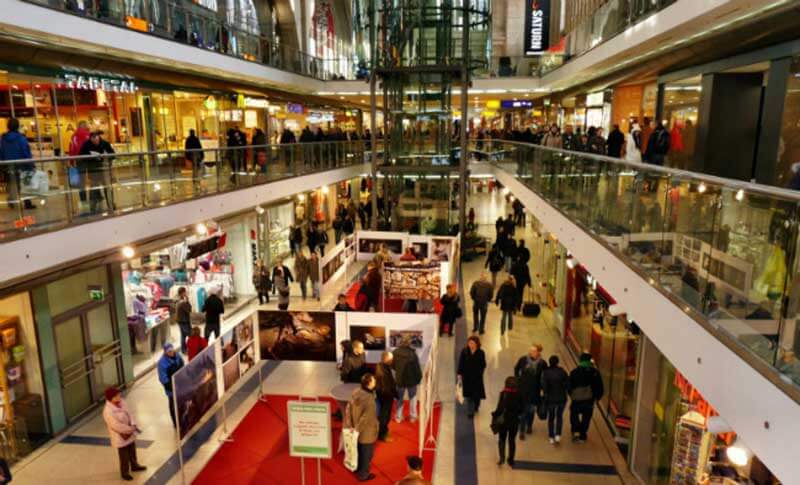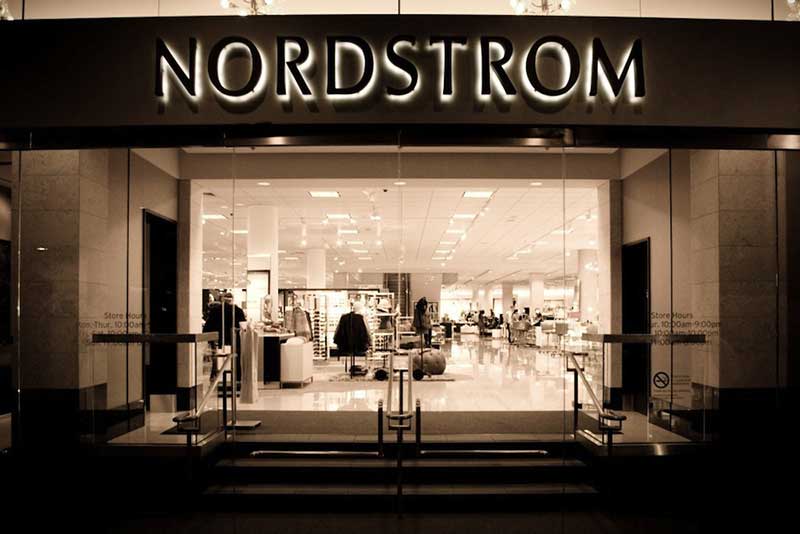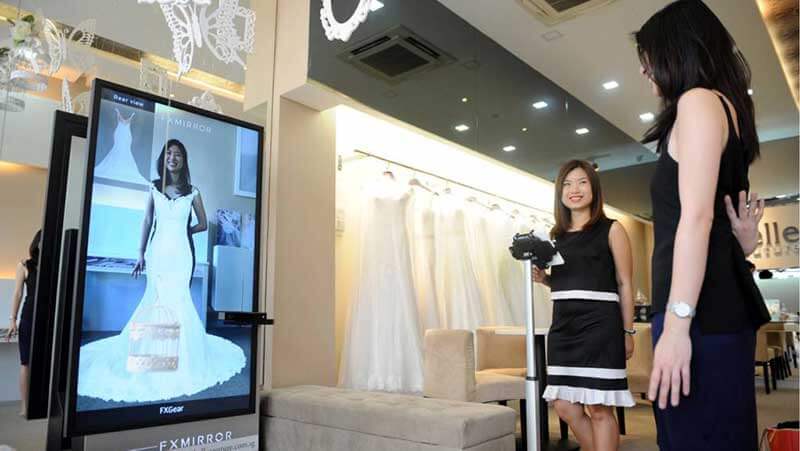- Brick-and-mortar retail is not dead yet
- Mobile is the way to go
- Big data: from insights into customer behaviour to higher profits
- Nordstrom and Bonobos: revolutionising the brick-and-mortar store
- Augmented reality turns any space into a dressing room
- The formula for success lies in tech
Shopping, one of our favourite pastimes, has changed over the last few years. New tech has created challenges for the retail industry, but those who’ve adopted it found themselves better off than before. All those who thought their business could survive without the slightest touch of technology are now probably asking themselves ‘What were we thinking?’ They’ve certainly made a mistake that might cost them their business in the future. Today, thanks to the almighty internet, we expect convenience and fast service delivery – anytime, anywhere. Whether we’re shopping online or in-store, our expectations are always high, and retailers have to keep up with our demands.
Brick-and-mortar retail is not dead yet
Estimates predict that the global retail market will reach $28 trillion by 2019. And even though most people still prefer brick-and-mortar stores, online retail is becoming increasingly popular. According to eMarketer, a market research company, it’s predicted that global e-commerce sales will reach $4 trillion by 2020, amounting to 14.6 per cent of all retail sales. However, in the US, as much as 92 per cent of all retail sales still happen in physical stores, which means there’s still hope for offline retail. Ripen eCommerce, a company specialising in e-commerce development and email marketing, conducted a survey on American shoppers to find out why this is the case. Out of 1,235 respondents, 30.8 per cent are fond of traditional shopping because it allows them to touch and feel the product before buying it, while 29.9 per cent said that they appreciate fast and convenient purchases. This means that retailers need to adapt their business strategies to meet customer demands and remain relevant. They need to become more digitally-focused and improve their customer experience. Here’s a glance of what you might encounter in the years to come.

Mobile is the way to go
Today, smartphones are quickly becoming our most useful shopping tool. For instance, in the UK alone, around 5.6 million people are using their smartphones to shop. By 2020 this figure will likely grow to a staggering 20 million people. What’s more, the overall value of purchases made via smartphones is expected to reach £14.2 billion by 2018. As consumers are flocking to mobile commerce, retailers are expected to follow the same trend. One way of leveraging this tech is by using beacon technology. Beacons are small, Bluetooth-enabled devices that are placed around a retail store. They can connect to smartphones that have the retail app installed and their Bluetooth turned on. The beacons detect those smartphones, enabling retailers to send special offers, discounts, and promotions to their potential customers. Retail stores such as Urban Outfitters and Macy’s have already implemented this tech.
Big data: from insights into customer behaviour to higher profits
Aside from smartphones, a huge game-changer in customer experience is big data. And retailers who care enough for their customers, as well as their profits, have been leveraging it for quite some time. Take Macy’s, one of the largest department stores in the US, as an example. Only a few years back, Macy’s employees had to manually enter customer information into their computers to get some sort of insight into their shopping behaviour. But today they have software that gathers and analyses large amounts of data from sources such as social media, the company’s website, and store transactions, on a daily basis. This helps Macy’s to forecast trends that can have an impact on its business, and enables them to offer their customers the best possible shopping experience. For instance, if customers often ‘tweet’ about clothing items like jackets, while using terms such as Louis Vuitton or Michael Kors, Macy’s can use that information to offer discounts on those brands to their existing and potential customers. By exploring the potential of big data, this retailer has increased its sales by 10 per cent in the past few years.
Nordstrom and Bonobos: revolutionising the brick-and-mortar store
Imagine going to a clothing store with no clothes to browse through – strange, right? Nordstrom, a leading department store chain in the US, is already making this a reality. Nordstrom Local, which opened its doors this month in Los Angeles, is a store with eight dressing rooms, a styling suite, and a bar where customers can relax and enjoy a beverage. However, there are no large and bulky clothing racks. Instead, at Nordstrom Local, you can pick up items that you’ve ordered online, or you can get personalised outfit recommendations from stylists. Once your item is shipped to the store, you can try it on. If it needs alteration, no problem, the in-store tailor will take care of that. Shea Jensen, the senior vice president of customer experience at Nordstrom, thinks that this concept is the best way to meet customers’ shopping needs. The store, which is a lot smaller than a typical Nordstrom store, also offers manicures. Talk about taking customer experience to the next level!
Opening stores with less clothing is a vision that other retailers also share. For instance, Bonobos, a menswear e-commerce brand, opened its first physical stores called Bonobos Guideshops. But unlike other stores – where you can take the purchased items with you – Bonobos Guideshops will ship everything to your home address. And instead of having numerous items of the same clothing model in its store, Bonobos offers one model for each size and colour, making its overall space less crowded. Here’s how it works. The customer first books an appointment online. When he arrives, he’ll be assigned a dedicated store assistant who’ll help him find exactly what he needs. After he’s found the desired items, the store associate will make an online purchase for him and the items will be shipped to his home within two days. Plus, the shipping is completely free – what more could you ask for?

Augmented reality turns any space into a dressing room
Even though in-store shopping is an exciting experience, staying home sometimes seems like a better option. And in the future, you won’t even have to set foot in a store to try something on. This is what Gap had in mind when creating its first AR-based app, the DressingRoom. The app was introduced at the Consumer Electronics Show in Las Vegas this year. Once you download the app, you can select your body type, out of five suggested options. Then all you need to do is pick out an item to try on, and it will appear on your virtual mannequin. If you want to know how a certain outfit looks from different angles, no worries, just move your avatar around the room. You can also buy items directly from the app!

The formula for success lies in tech
It’ll take some time for the clothing industry to fully adapt to new tech innovations and trends that are popping up all over the place, but one thing’s for sure: the new generation of retail stores is here. Retailers who want to stay relevant and survive in this rapidly changing industry will need to hop on the bandwagon or they’ll get left behind.
Share via:


